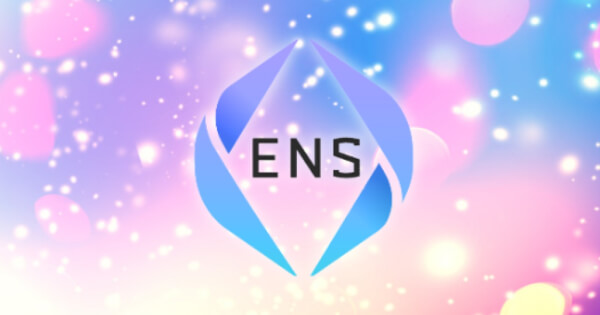Ethereum Name Service (ENS) Integrates with Linea L2: An Industry-First
Alvin Lang Jul 30, 2024 14:43
ENS domains are now available on Linea, marking the first native ENS integration on a Layer 2 blockchain.

Ethereum Name Service (ENS) domains are now available on Linea, marking an industry-first native ENS integration on a Layer 2 (L2) blockchain, according to blog.ens.domains.
ENS and Its Significance
Ethereum addresses, typically consisting of 42 characters, are challenging to remember. ENS offers a solution as a decentralized naming protocol built on the Ethereum blockchain. ENS translates complex blockchain addresses into human-readable labels, much like the Domain Name System (DNS) does for IP addresses. A decentralized protocol governed by the ENS DAO, it uses immutable and transparent smart contracts to resolve records and translate names to addresses.
Linea's Role in the Integration
Linea, the fastest-growing zkEVM on Ethereum, has become the first zkEVM Layer 2 to adopt the EIP-3668 standard in production. This integration allows users to switch their wallet addresses to human-readable domains, while developers can use CCIP Read (ERC-3668) for cross-chain data retrieval. This implementation aims to reduce gas costs and improve interoperability.
Benefits for Users and Developers
The introduction of ENS on Linea offers several advantages:
- Cost Efficiency: Managing ENS on Ethereum's mainnet typically incurs higher gas fees. Linea's L2 efficiency significantly reduces these costs.
- Interoperability: ENS on Linea can be resolved on every dapp and network compatible with ENS.
CCIP Read (ERC-3668) enables transparent offchain data lookup, offering a universal solution for accessing and validating external data efficiently. This feature benefits developers by reducing costs, enhancing security, and opening up new design possibilities.
Impact on the Web3 Ecosystem
The ongoing adoption of ENS is expected to push the entire web3 ecosystem forward by:
- Enhancing User Experience: Lower fees and faster transaction speeds bring onchain user experiences closer to web2 benchmarks.
- Increasing Participation Opportunities: Affordability makes L2 more accessible, encouraging broader participation in ENS.
- Fostering Innovation and Ecosystem Growth: L2 deployment could catalyze innovation within the ENS ecosystem, unlocking new use cases and enabling more complex interactions.
As Linea progresses from testnet to decentralization, recently surpassing $1 billion in total value locked (TVL), the launch of ENS adds another layer of innovation to the ecosystem. This advancement brings cost reductions, data accessibility, and enhanced interoperability, all contributing to an improved end-user experience.
Image source: Shutterstock.jpg)